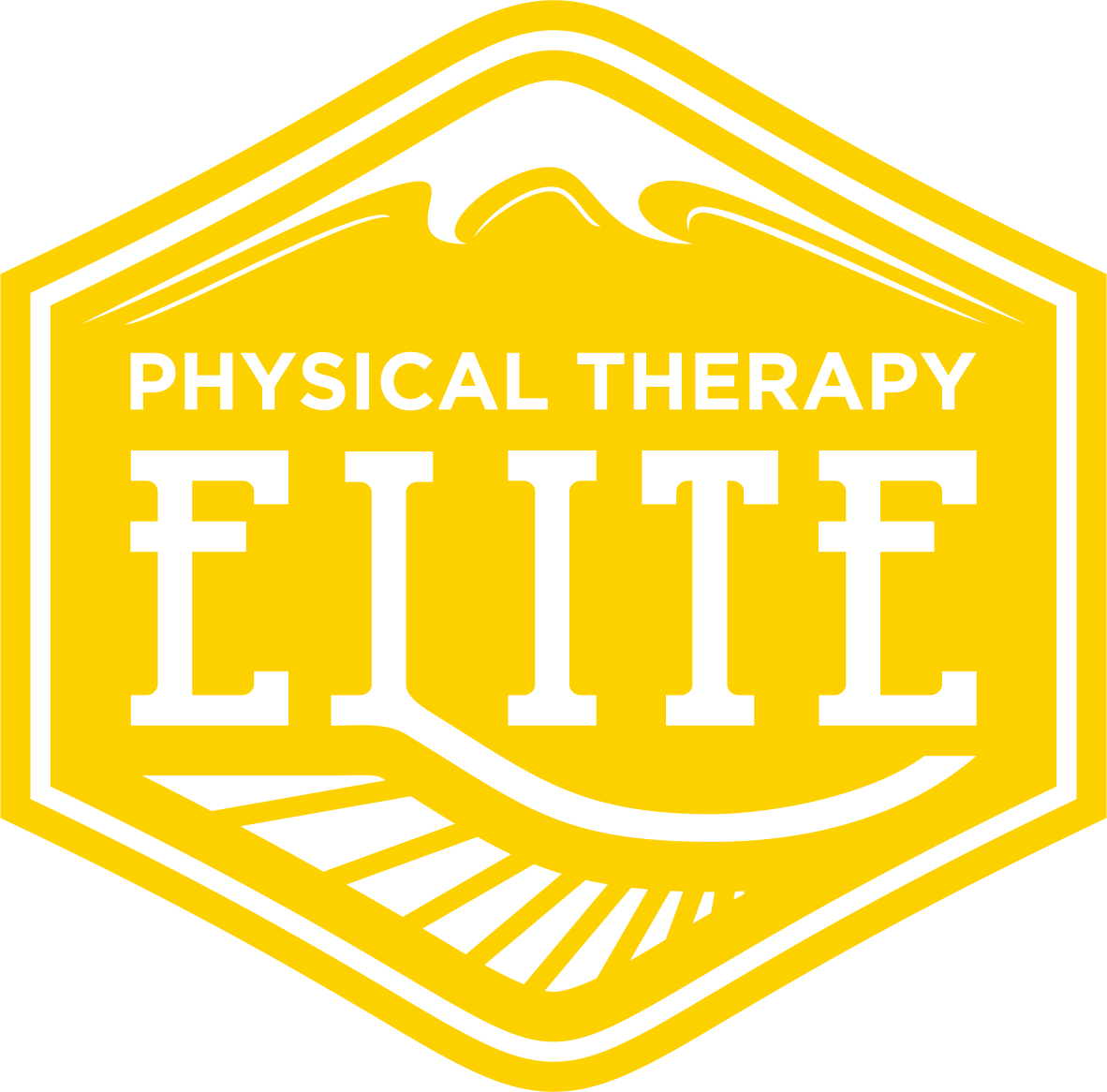Now that mobility has been achieved, the final component can be applied - strength.
When shooting a bow, there are several moving pieces that must all work in perfect sequence. In order for this to happen, imagine the body as a machine. All of the parts must be aligned, stacked and secured.
The primary foundation for the machine is the anchor which lies in your stance.
The key is to orient your stance around your center of gravity. Your legs, hips and core form the base of support. Once in a proper stance, you should be unmoveable. Assume a “softness” in the knees with the pelvis and spine in “neutral” (neither arched or flat). The ribcage should be drawn down against the abdomen. This engages your transverse abdominus and forms a pillar around the body.
To learn how to do all of this:
Lie flat on your back and 1. arch your back up off the floor as far as you can 2. then flatten your back against the floor as much as you can. Find the halfway point between 1. and 2. Now hold that halfway point and raise your arms over your head without losing your spinal position and while keeping the ribcage “connected” (don’t let the ribs flare out). Doing this on an exhale will help.
Practicing your stance on an unstable surface such as a Bosu Ball or Dyna Disc will train the body to adapt to any type of terrain and as well as improve the neuromuscular system’s ability to respond more quickly and efficiently (i.e. ability to shift body weight or adjust lower body position with limited movement of the upper body).
The second foundation is the shoulder girdle - specifically the scapulae. In order for the shoulders and arms to maintain a steady position, the shoulder girdle must provide a solid anchor between the arm and the rest of the body.
The strength needed in the muscles of the shoulder blade and upper back is obvious and consists of all 3 parts of the trapezius, the levator, the rhomboids, and the serratus anterior.
These muscles anchor to the upper back and act on the scapulae.
The rotator cuff anchors to the scapulae and act on the shoulder. The rotator cuff maintains alignment of the humeral head within the glenoid (“ball and socket”) while also contributing to movement of the arm. The deltoids and biceps as well as the lats are the “big mover muscles”.
Here is an awesome series to hit all the above muscle groups:
Rows:
ATIT:
Serratus Punch:
**NERD-OUT SECTION**For any and all who like to get more technical**
*On the bow arm:
The serratus anterior muscle maintains an extended position (protraction) of the scapulae as the arm reaches forward towards the target.
The rotator cuff maintains the humeral head aligned centrally in the glenoid with the biceps, pecs and deltoids assisting to hold the arm upright.
*On the draw side:
The trapezius, the levator and the rhomboids pull the scapulae up and back into elevation and retraction.
The rotator cuff slightly depresses the humeral head to clear the acromion while simultaneously guiding extension and external rotation.
The middle deltoid (with help from the supraspinatus) lifts the arm (Abduction).
The posterior deltoid, tricep and latissimus dorsi extend the arm.
*An agonist/antagonist relationship exists between the serratus anterior and the rhomboids. On the bow side the serratus is the agonist (primary mover for scapular protraction). On the draw side the rhomboids are the agonist (primary mover for scapular retraction).
In our first post of this series (Tuning the Bow and Hunter!), we talked about the why - why does it matter that a bowhunter be physically prepared for the hunt. Our second post, Spinal and Shoulder Mobility For the Bowhunter, addressed the necessary range of motion and how to get it. As the final post in this series, we have now presented a fundamental shoulder series that should be a part of any strength training program for bowhunters.
Happy Hunting!


